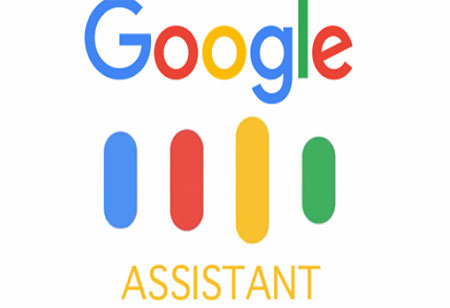THANK YOU FOR SUBSCRIBING
The Future Potential of Google Assistant
The latest development by Google Assistant is being widely considered as impressive as well as unnerving at the same time.

By
Apac CIOOutlook | Thursday, January 01, 1970
Stay ahead of the industry with exclusive feature stories on the top companies, expert insights and the latest news delivered straight to your inbox. Subscribe today.
The latest development by Google Assistant is being widely considered as impressive as well as unnerving at the same time. Since its public debut two years ago, Google Assistant has witnessed many achievements and developments as it got more advanced over time.
However, the latest announcement has opened up the possibility for Google Assistant to transform into a sophisticated natural language AI. At the time of its inception in 2016, Google Assistant managed to wow its audiences by providing them with a glimpse of the full range of accessibility it presented on mobile devices.
Two years later the drive to make Google Assistant the ultimate AI-enhanced smart command entity has become aggressive than ever before.
Being a natural language UI has enabled it to comprehend or at least have an accurate approximation of what a human would say in their native language. Further, the introduction of Google Home, its cylindrical Home-optimized has significantly increased the number of devices that can be used with it. Moreover, being powered with a massive amount of analyzed data through deep learning neural networks has enabled Google Assistant to perform tasks that were considered impossible by similarly designed Artificial Intelligence products just a few years ago.
For instance, Google Assistance can be used to search for pictures related to a particular common element, and it can find it accurately just by understanding the words of its user. This hence can be considered as one of the main reasons why Google Assistant has great potential for the future of AI assistant technologies.
The Leap Forward with Simulated Communication
Among other advancements, the new Google Assistant comes with the capability to demonstrate a range of different types of voices (six to be exact). This can be considered as a fresh deviation from the default female voice that was in place up until now.
This feat in itself has made it possible to predict the increasing involvement of Google Assistant through human interaction at a casual level. This would further enable people to increasingly interact with computers using their native language, or any spoken language that is available on such a platform.





